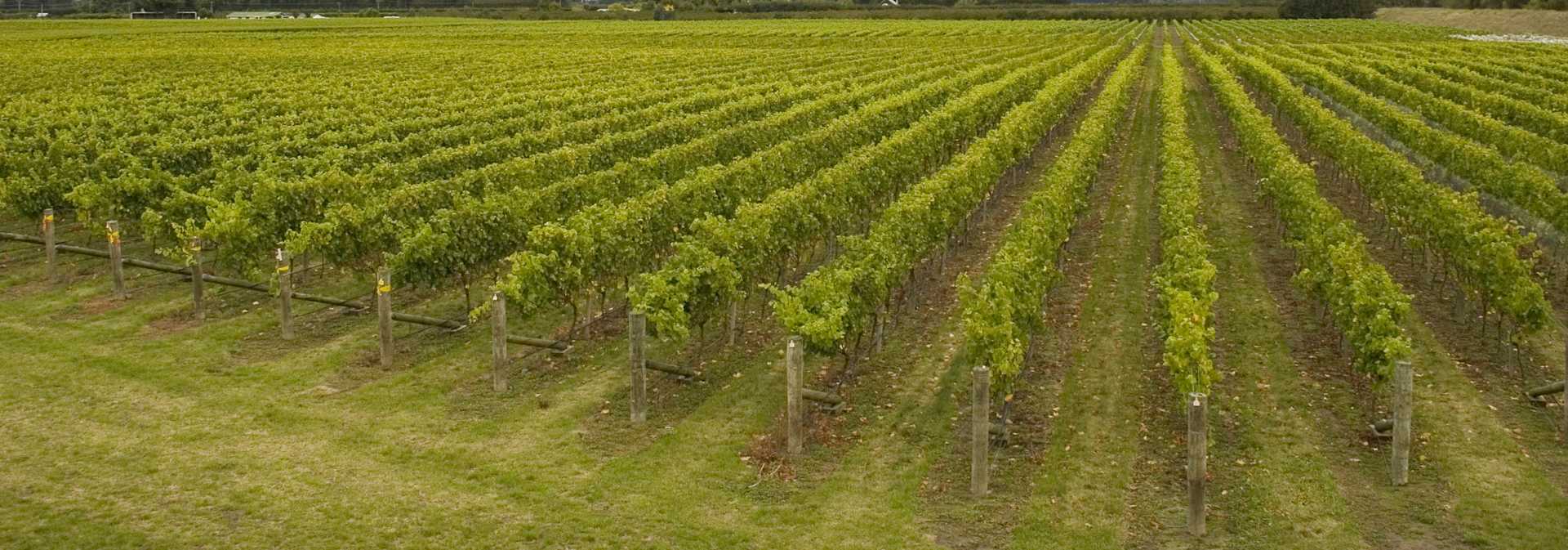Chateau Labegorce 2020
-
James
Suckling - Decanter
-
Jeb
Dunnuck - Vinous
-
Robert
Parker



Product Details
Your Rating
Somm Note
Winemaker Notes
2020 is a vintage of elegance, harmony and balance. A medley of black fruits, blackberries, blueberries and red fruits, including strawberries and raspberries. An intense aromatic expression supported by a sharp tannic line.
Professional Ratings
-
James Suckling
A tight, compact Labégorce with blackcurrant, walnut and some graphite. It’s medium-to full-bodied with a solid core of tannins and fruit. Some lead pencil. Very structured for this estate. Barrel Sample: 92-93
-
Decanter
Smoked cedar oak on the nose, a welcome touch in a vintage where tannins have frequently been turned up to 11. Grilled almonds; really a campfire edge. I like this, works well with the vintage. The fruit softens through the mid palate but the team has done a great job of finding extra layers flavor and complexity. Good stuff. 40% new oak. 2% Petit Verdot completes the blend. Yields around 32hl/ha. Just 20mm of rain in August here, which meant veraison was more difficult. Tasted this also at the estate, and both times I was impressed. Less opulent than 2019, more classic and serious but this is great.
Barrel Sample: 93 -
Jeb Dunnuck
A forward, textured, already delicious wine, the 2020 Chateau Labegorce offers lots of red and black fruit as well as notes of cedar, smoke tobacco, and chocolate. Based on 50% Cabernet Sauvignon, 45% Merlot, and the rest Cabernet Franc and Petit Verdot, aged in 40% new barrels, it has perfectly integrated oak, ripe, fine-grained tannins, and outstanding overall balance. Give bottles just a year or three and enjoy over the following 10-15 years or more. Best After 2023.
-
Vinous
The 2020 Labégorce is a dark, sumptuous beauty. 2020 has softened a bit with élevage, but it remains a distinctly potent, brooding Margaux. Best After 2025.
-
Robert Parker's Wine Advocate
The 2020 Labégorce has turned out nicely, bursting with aromas of cherries, berries and licorice, followed by a medium to full-bodied, rich and ample palate. Fleshy and layered, this contemporary-styled Margaux will drink well young. Best after 2023.
Other Vintages
2022- Decanter
- Vinous
-
Jeb
Dunnuck
-
Jeb
Dunnuck -
James
Suckling - Decanter
-
Jeb
Dunnuck -
James
Suckling - Decanter
-
Robert
Parker -
Wine
Spectator
-
Wine
Enthusiast -
Jeb
Dunnuck -
James
Suckling -
Robert
Parker - Decanter
-
Wine
Spectator
-
Jeb
Dunnuck - Decanter
-
Wine
Spectator -
James
Suckling -
Wine
Enthusiast -
Robert
Parker
-
James
Suckling -
Jeb
Dunnuck -
Wine
Enthusiast -
Robert
Parker - Decanter
-
Wine
Spectator
-
Wine
Enthusiast -
James
Suckling -
Jeb
Dunnuck -
Robert
Parker - Decanter
-
Robert
Parker -
Wine
Enthusiast -
James
Suckling -
Wine
Spectator
-
Robert
Parker -
Wine
Spectator
-
Wine
Spectator
-
Wine
Enthusiast -
Wine
Spectator
-
Wine
Enthusiast -
Wine
Spectator
-
Wine
Enthusiast -
Wine
Spectator




The Labégorce vineyards include three main plots, totalling 70 hectares in all, although only approximately 40 hectares are fully planted up. All three plots lie in the northernmost part of the commune. The largest plot, accounting for about two-thirds, lies just northeast of the fine chateau, which was constructed by the renowned architect Courcelles. There is a second plot around the chateau itself, accounting for about a quarter of all the Labégorce vines, while the smallest plot lies a little further north around the church in Soussans. The vines average 30 years of age, with the oldest vines, of which there are just four hectares, dating from between 1902 and 1950. More date from 1951 to 1985, whereas a quarter date from 1989 when extensive replanting took place. Vineyard practices involve careful use of chemicals, with no herbicide used at all, and yields are typically 50 hl/ha. Harvesting is by hand, and fermentation begins with a short, cold maceration followed by a temperature controlled process. Each parcel of vines, of which there are many, is vinified separately. The blend is 48% Cabernet Sauvignon, 40% Merlot, 10% Cabernet Franc and 2% Petit Verdot. Malolactic fermentation takes place in oak, 30% of which is new, where the wine spends up to fifteen months. It is fined using egg whites before bottling. The grand vin is Chateau Labégorce, and the second wine is Chateau Tour de Laroze. There is also a third wine, produced from a 4 hectare plot entitled to the Haut-Médoc appellation, called La Mouline de Labégorce
